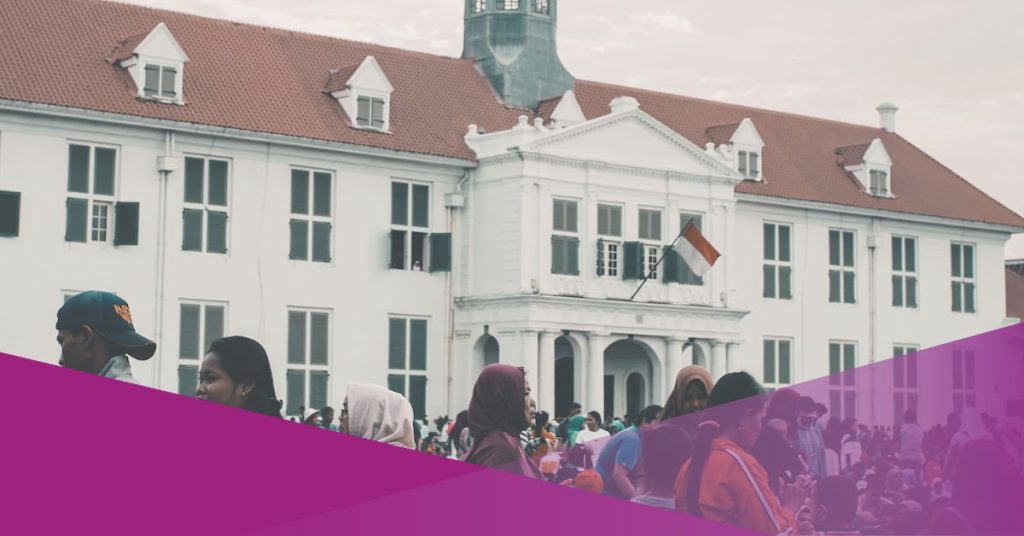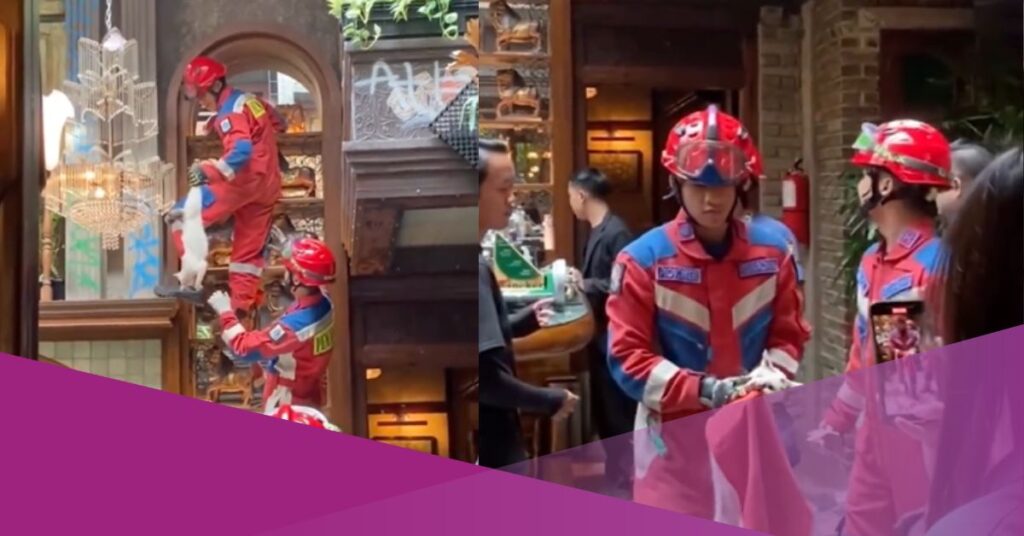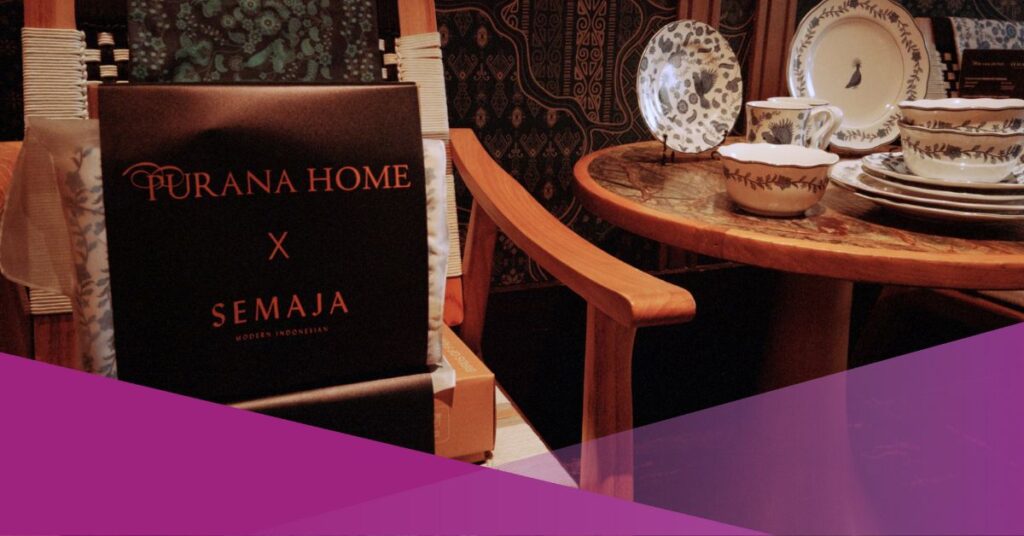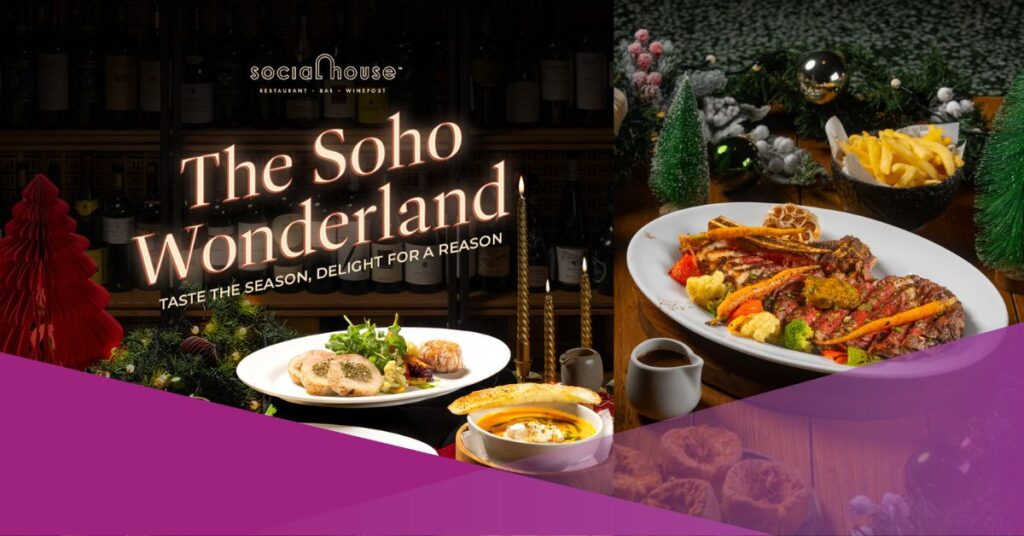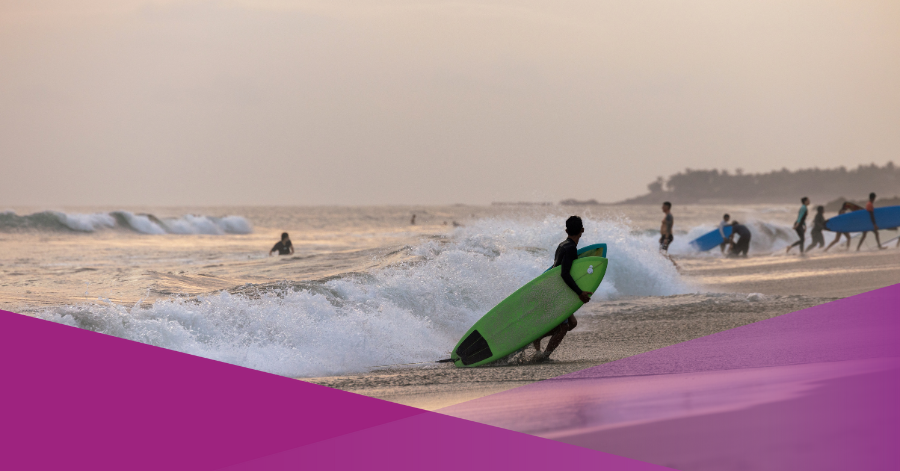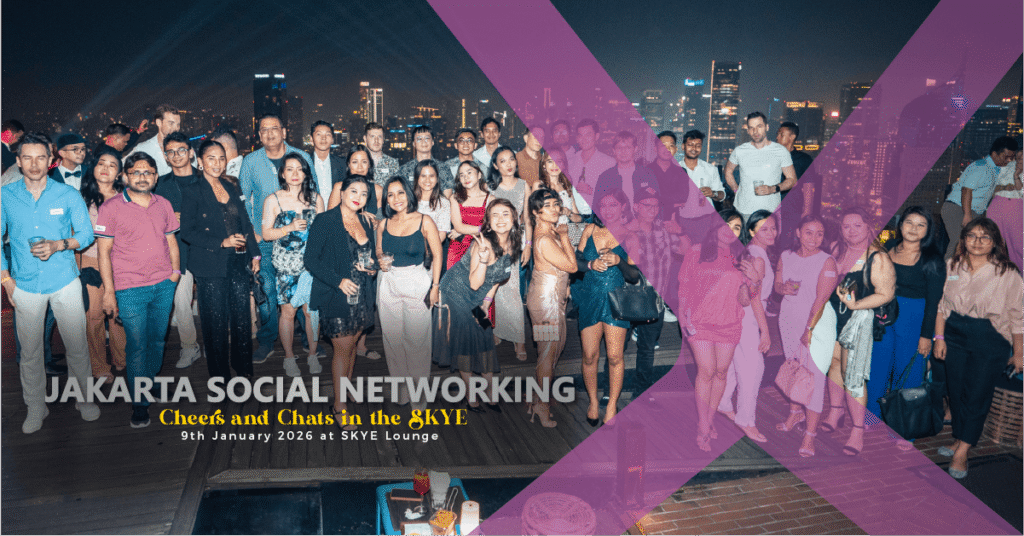How Dutch Colonization Influences Indonesia Now — While Indonesia has successfully gained their independence in 1945, there are some cultural influences left up until this moment. Indonesia has been colonized by the Dutch East Indies for more than 100 years, and some of the Dutch cultures have left a mark on Indonesia’s culture. These cultural influences can be seen in some parts of everyday life in Indonesia, from the language, architecture, cuisines and others.
Curious about what it is? Make sure to check out some of these Dutch cultural influences in Indonesia that are still present up to this moment.
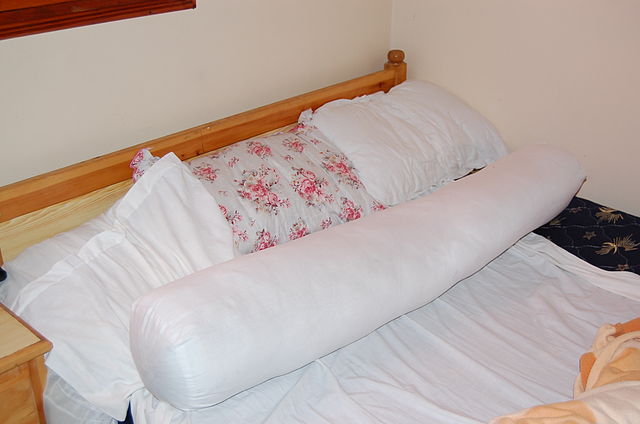
Bolster / Guling
If you’ve ever been to Indonesian home, you’ll notice that there’s a guling in their bedroom. Most Indonesians sleep with their bantal guling, in fact, some of them couldn’t sleep very well without having it under their arms. But did you know that guling, or bolster, was brought to Indonesia by the Netherlands? Guling was used to be known as Dutch Wife as most of the Dutch arriving in Indonesia has no partner or wife. To replace the warmth of a partner or woman in their bed, they created guling.
Rijstaffel / Rice Table
Rijstaffel refers to the way of Indonesian serving different array of food in small portions on the table, as you can see when you go to Padang restaurants. It was introduced by the Dutch during their colonial times, where Rijstaffel serves to boast their resources during their colony. Back then, the Dutch used to serve food such as pickled vegetables like Acar, Babi Kecap, Bebek betutu, Capcay, Gado-Gado, and others.
Architecture
There are a lot of old buildings or architecture left after the colonialization era. Most you can find in Kota Tua, which has a distinct Dutch-style architecture as it used to be the centre of Batavia (Jakarta) by the VOC. If you want to check more historic landmarks or architectures, make sure to check our article here.
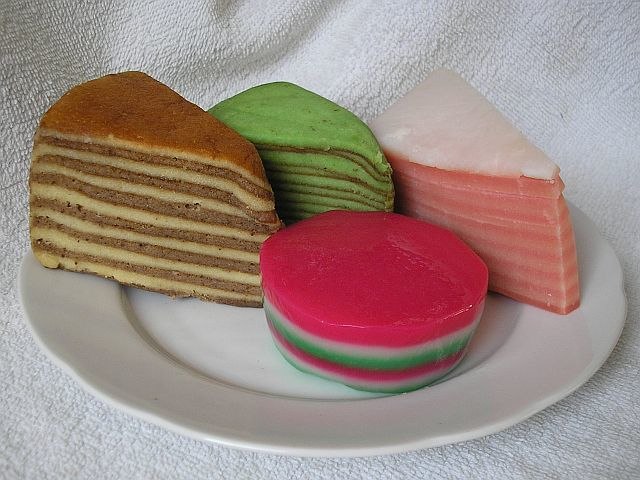
Dry Cookies
Some dry cookies that you might find in hampers during festive occasions in Indonesia like Christmas, Ramadan or Chinese New Year are actually linked to the Dutch colonial era. Some examples are the Kaasstengles or known as Kastengel or Kue Keju, a cheese stick that tastes savoury and sweet. Nastar, a bite-sized tart filled with pineapple.
Other desserts that are not necessarily dry cookies but still have a Dutch influence on them are Klappertaart, which is a coconut cake or coconut tart made from flour, milk, butter and the juice and flesh of the coconut. The other is Spekkoek, an Indonesian layer cake that was developed during the colonial time of the Dutch East Indies, which is a version of European spit cake.
Language
Bahasa Indonesia, the standard dialect of Indonesian, has a lot of loan words from the Dutch. While the similarities can’t really be seen that well in current times, back during the Dutch colonialism era, there are many words that bear similarities to the Dutch. When it comes to language, Indonesian’s Selamat Ulang Tahun song, which is a song typically sung during birthdays, is a translation of the Dutch song that bears the same meaning, “Lang zal ze Leven.”
That’s it for some of the Dutch influence in Indonesia. Which one surprised you the most? Is there any other Dutch influence you know other than this? If you find this article helpful or interesting, make sure to share this article with your friends or family through your social media!
